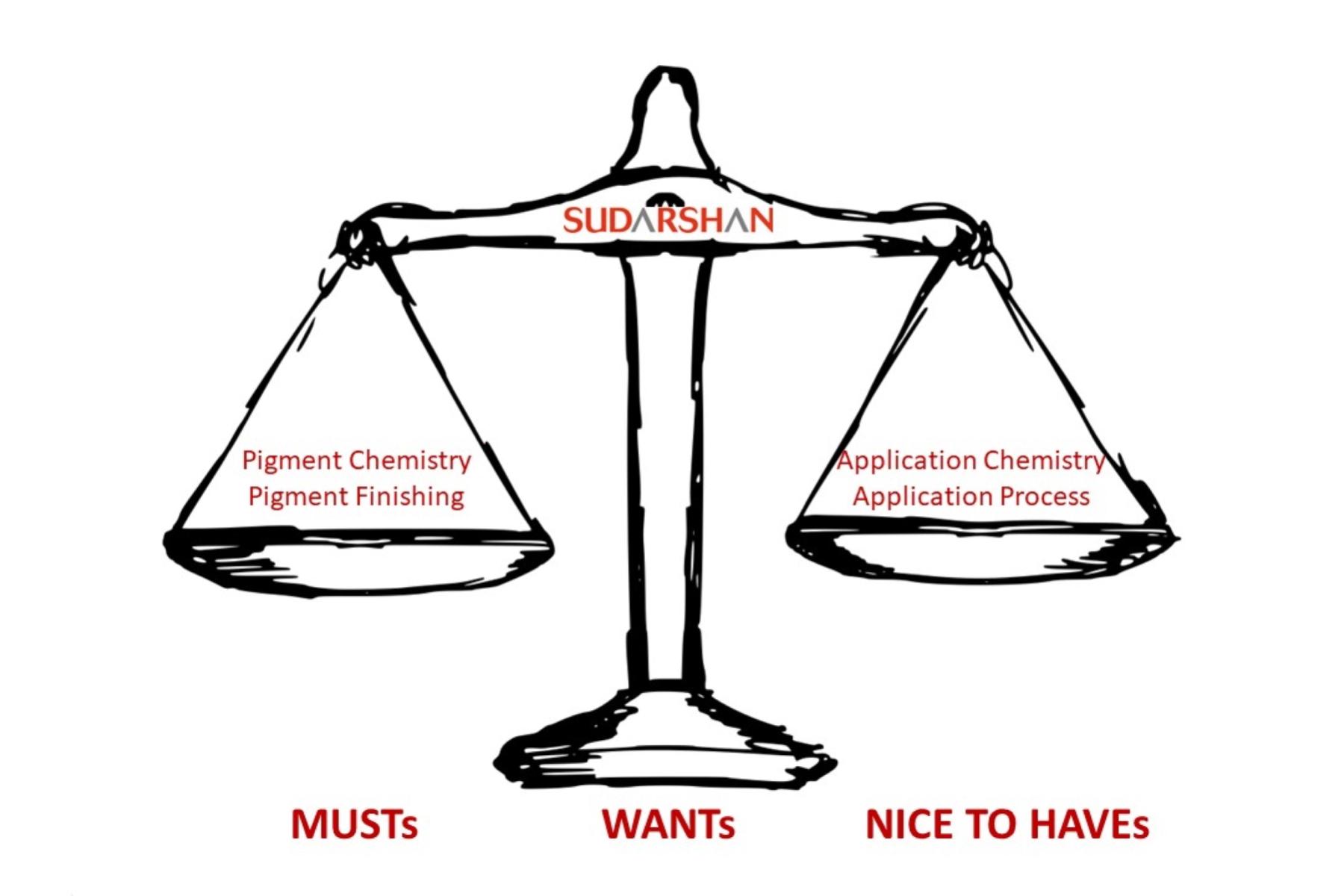Pigment Selection Process: Balancing the MUSTs, WANTs and the NICE TO HAVEs
In today’s fast paced world we do not want to go down the rabbit hole when selecting pigments for an application. If you are the color formulator, then you have the not so obvious job of reaching the color design ideas provided by the marketing team yet meeting the technical requirements of the formulation and the performance requirements of the application process.

Combining the complex function of the color formulator with the current pigment industry of mergers, SKU reductions and incompetent sales force can result in a difficult and possibly an inadequate choice of pigments. Can you identify a rat in a maze looking for the cheese or the list maker identifying each item with its importance?
Pigment selection is a process and working with a knowledgeable manufacturer can make the process smooth and efficient. In the end, a pigment is only technically valuable to a customer if it performs in the correct manner required for the application. Each market segment has unique technical requirements and in every class of pigments, one will find at least one grade with a higher performance characteristic(s). The degree of performance for a pigment depends on the demands imposed upon it for its intended application.
Think of the pigment selection process as a flow diagram. The first step is to determine what color is desired. Is there a requirement for opacity or transparency? Will an effect pigment be used? The next level should focus on the application itself. What type of substrate and/or resin system will be used? What other additives might be needed in that formulation? How will the end product be used – indoor or outdoor? How much weather fastness is required? Is there any compliance or regulatory requirement? What industry specific requirements are needed (food contact, toy, medical, etc.)?
Once the specifics of the application are established, then the performance of the formulation must be established. In each market segment, there is a well-defined priority list. Which properties are in the MUST category? Which properties can slide to the WANT category? What other properties would be NICE TO HAVE but are not a requirement. This last category may not seem relevant however, when all the MUSTs and WANTs are assessed, items in the NICE TO HAVE category might help lessen the concern for a less than expected property in the MUST and WANT categories.
The last step is to consider the cost AND the value in use of the pigment. The cost is just the $/pound of the pigment as purchased and is a great tool when comparing similar pigments. An additional tool is the value in use. The true cost of the pigment in the context of the total formulation is defined as the value in use. This suggests the cost of the pigment ($/pound) and the amount of the material needed to make the formulation , to meet the customer’s expectations. For example, two different chemistry pigments may have similar color positions so that they both would meet your color design needs (step one in the pigment selection process). When you move to the second step of the process – the application, the two similar pigments in color now diverge. Heat stability in a plastic formulation or weather fastness in a coatings formulation or viscosity in an inks formulation are just a few examples that can differentiate two pigments.
In a previous blog post, Pigment Finishing – Impact on Applications we reviewed the impact of pigment finishing on the performance of any pigment. To refresh, about 75% of the performance of the pigment comes from the chemistry itself. The remaining 25% of the performance can be shifted by the choice of finishing steps used (chemical and/or mechanical). This fact supports the earlier statement that in every class of pigment there is at least one grade with a higher performance characteristic(s). Pigment suppliers have a deep knowledge and understanding of their technologies and are best positioned to recommend optimal pigment solutions for a given application.
To take advantage of this deep knowledge for your application needs, please contact us at contact@sudarshan.com.